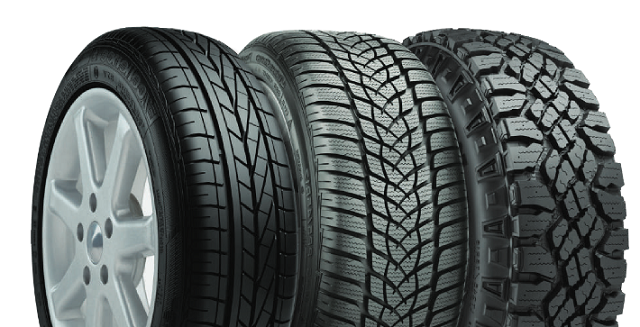
Here is how to spot the bad ones
Every modern vehicle has a peculiar metallic rod arrangement, often barely quarter a metre in length that is central to how it is steered. This vital part is called the tie rod end. Basically, vehicles use a steering system called rack and pinion, which incorporates tie rods to help move the wheels. Tie rods are attached on both ends of the steering rack and as the pinion rolls over the slotted rack, they help push and pull the front tires as the steering wheel is turned. Tie rods offer an important function to a vehicle’s steering and therefore a car’s overall safety.
Since the vehicle tyres must moves up and down and from one side continuously and often at high speeds and in response to driver steering or road terrain conditions, the tie rod end must be a very strong but agile piece of equipment.
As one mechanic commented, “when you consider some severe shocks and jolts that go through the suspension, the life of a tie rod isn’t easy”.
The tie rod end must be able to withstand immense pressure while at the same time allowing free play of the wheel. To achieve this duo-ambition, the tie rod end is essentially designed as a ball in a socket.
The tie rod end can break but it is a really rare happening indeed thanks to its deft design. Instead of breaking, however, the vehicle will usually do things that enable any driver to notice that there is a problem.
In the rare cases when it breaks, however, the driver might most likely lose control of the steering function. This happens when the tie rod ends get completely detached from the wheel. Normally, since the tie rod end wears out like many moveable motor vehicle part, it results in a sort of `loose’ steering or too much `play’. In this case, the driver simply notices that they do not have complete control of the steering function.
Since tie rod end wear is gradual many drivers may take ages to notice. In some cases, it is caught by a mechanic during inspection for a completely unrelated problem.
Usually, when one tie rod end is faulty, it is advisable to replace them on both tyres. The question many ask, therefore, is when is the best time to spot a faulty tie rod end problem? The best time could be when sorting out any of the following issues:
- Alignment
As already explained, the vehicle becomes difficult to control and steer. Usually, this is seen as a misalignment of the wheels. However, if the alignment is done but the problem persists, then tie rod ends could be the problem. The tie rods are adjusted during an alignment, so if they’re not in good condition this will have an impact and the vehicle won’t be able to keep its proper alignment.
- Tyre rotation
Faulty tie rod ends lead to misalignment, which leads to uneven tyre wear. Often, this means the need to rotate tyres comes earlier than scheduled. If this happens you should have the tie rod ends checked to be certain they’re in good condition.
- Sagging tyres
Sometimes you will notice that the tyres of your vehicle are sort of sagging. This is very common sign of bad tie rod ends because bad tie rod ends cannot give proper support to the wheels and tyres.
- Loose tie rods
As the tie rods ends go bad, the entire tie rod will become loose, leading to excessive play. A physical check of the amount of play in the tie rods will be able to tell you if there’s a problem you need to deal with.
- Shaking steering wheel
With bad tie rod ends, the steering wheel will have problems maintaining proper control or communication with the wheels. As a result, the steering wheel can shake or vibrate as you drive. This will be most noticeable when you are turning the wheel to round a corner.
- Vibrating Car
When the tie rods are really bad, close to failing completely, the car itself will start to vibrate. If the damage has progressed this far, the steering wheel is close to losing control of the wheels and the vibration is being caused by the tires shaking on their own. You may not feel this as much when you’re maintaining speed, but usually turning the wheel or accelerating and decelerating will make the problem more obvious.
If you’ve gotten to this stage of wear, take your car in for repair immediately. Driving a vehicle in this condition is dangerous.
****
editor@independent.co.ug
 The Independent Uganda: You get the Truth we Pay the Price
The Independent Uganda: You get the Truth we Pay the Price


